Oscars: Ranking the Best Years Ever for Best Picture
With 14 nominations, La La Land has been the Best Picture frontrunner since Oscar nominations were announced and even before that with its raved-about North American premiere at the Toronto International Film Festival. With one film dominating the conversation, it’s easy to overlook the fact that 2016 boasts a particularly strong Best Picture lineup. The eight films surrounding La La Land — Arrival, Fences, Hacksaw Ridge, Hell or High Water, Hidden Figures, Lion, Manchester by the Sea, and Moonlight — have received critical praise as well as strong box-office numbers. That’s not always the case: For some years, voters clearly struggled to find five quality nominees. (The category has expanded and contracted over the decades. Between 1931 and 1943, 10-12 nominees was the norm; that number shrank to five in 1944, eventually returning to 10 in 2009.)
Even though 2016 has been a very good year, it’s not the best year for Best Picture nominees. We combed through the Academy lists from the 1920s to today and ranked the Top 15 Best Picture groupings — the years where (almost) every film is a winner. Read our ranked list below and then weigh in with your own picks.
(Dates below refer to the years in which the films were released. The Best Picture winner from each year is indicated in bold.)
Related: 2017 Oscar Predictions: Our Picks in Every Category
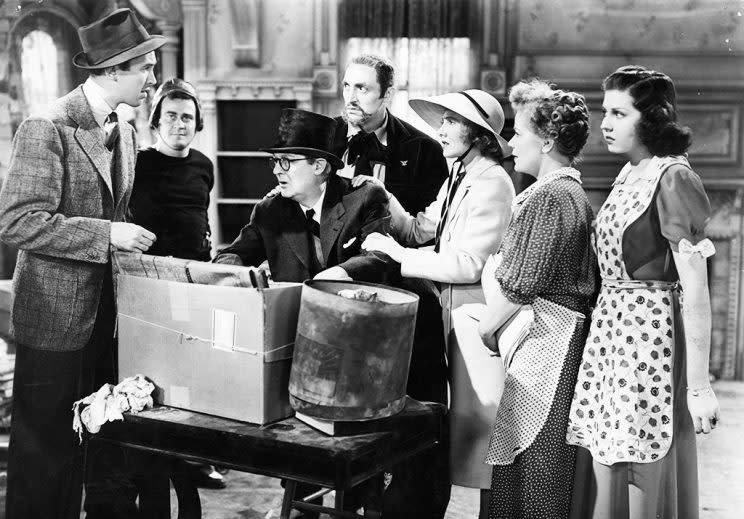
15. 1938
The Adventures of Robin Hood
Alexander’s Ragtime Band
Boys Town
The Citadel
Four Daughters
Grand Illusion
Jezebel
Pygmalion
Test Pilot
You Can’t Take It With You
Let’s be clear: The one-two-three punch of The Adventures of Robin Hood, starring Errol Flynn at his swashbuckling best, Jean Renoir’s World War I drama Grand Illusion and Frank Capra’s sparkling rom-com You Can’t Take It With You are enough to put ’38 among the all-time great years for Best Picture. But treasures await amid the other seven nominees as well, from Spencer Tracy’s Oscar-winning performance opposite a young Mickey Rooney in Boys Town to Bette Davis going full Scarlett O’Hara a year before Vivien Leigh in Jezebel. And then there are curiosities like Test Pilot, Alexander’s Ragtime Band, and The Citadel, which showcase what mainstream studio entertainment looked like in the ’30s.
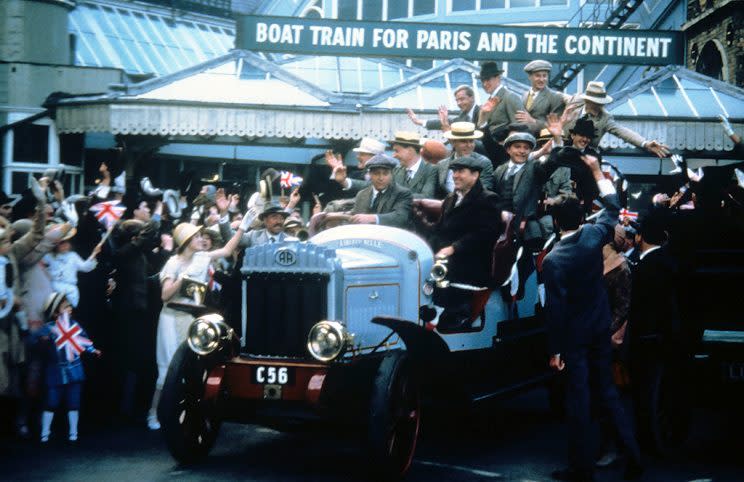
14. 1981
Atlantic City
Chariots of Fire
On Golden Pond
Raiders of the Lost Ark
Reds
This year found two of Hollywood’s New Wave directors — Warren Beatty and Steven Spielberg — helming stories straight out of the Golden Age. Beatty’s three-hour historical drama, Reds, has the sweep and scope of a David Lean epic, while Spielberg channeled the action-packed exploits of vintage pulp heroes into Indiana Jones’s maiden adventure. Memories of the good old days are also on display in On Golden Pond, which reunites father-daughter Hollywood royalty Henry and Jane Fonda (along with Katharine Hepburn for good measure), and Chariots of Fire, the compulsively watchable ’20s-era British drama best remembered for its soaring Vangelis score. Even the nominee that feels the most modern, Louis Malle’s deceptively low-key drama Atlantic City, is enriched by the presence of aging screen lion Burt Lancaster.
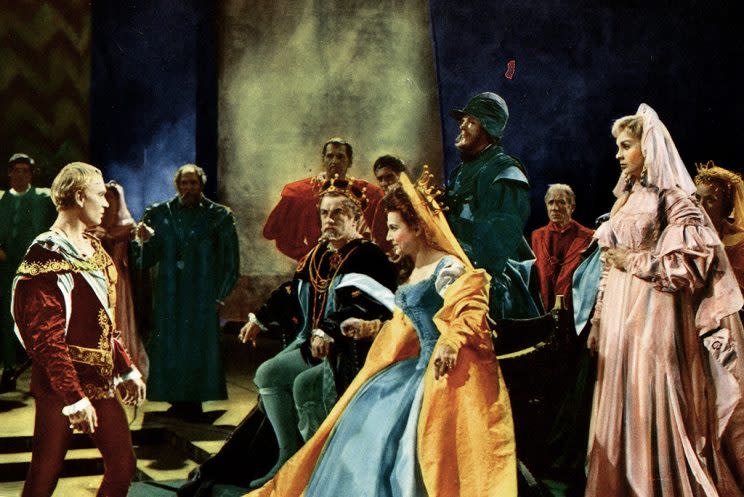
13. 1948
Hamlet
Johnny Belinda
The Red Shoes
The Snake Pit
The Treasure of the Sierra Madre
One could claim that Laurence Olivier’s Hamlet always had an unfair advantage, given that it’s based on one of the greatest dramatic texts ever written. Nevertheless, the four other nominees from ’48 give ol’ Shakespeare a run for his ducats. Take John Huston’s masterful tragedy of greed and treachery, The Treasure of the Sierra Madre, starring a never-better Humphrey Bogart. Meanwhile, Powell and Pressburger’s The Red Shoes remains one of the most innovative and influential movie musicals ever made. And while they’re not as celebrated now, The Snake Pit and Johnny Belinda are star vehicles for great actresses — Olivia de Havilland and Jane Wyman, respectively — that also tackled daring subject matter for the times. In fact, compared to the competition, Hamlet almost comes across as being too square and stagy, but that’s part of its charm. Much like Fences this year, it offers a great actor the opportunity to preserve a career-defining stage role for future generations.
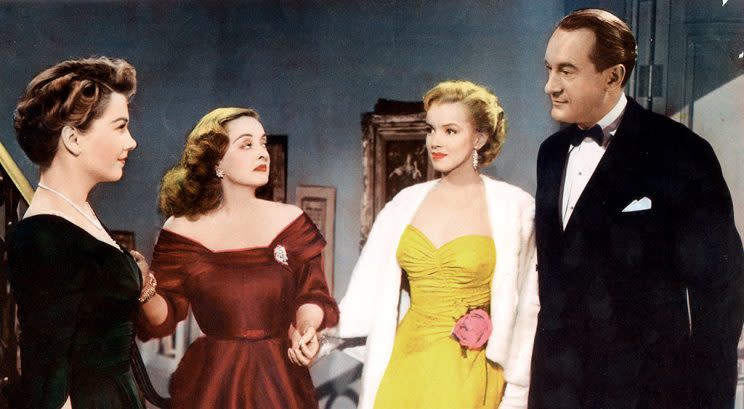
12. 1950
All About Eve
Born Yesterday
Father of the Bride
King Solomon’s Mines
Sunset Boulevard
In recent years, it’s gotten increasingly rare for comedies to muscle into the Best Picture race. (Case in point: The funniest nominee among this year’s Best Picture crop is probably Manchester by the Sea, an otherwise wrenching drama about grief.) Not so in 1950, which remains a unique year in that four out of the five nominees possess a comic streak that still generates big laughs nearly seven decades later. And they’re not all the same kind of comedy either: You’ve got your screwball variety in the form of Born Yesterday, your domestic comedy with Father of the Bride, and two very different flavors of showbiz satire in the quotable classics Sunset Boulevard and All About Eve. Pity poor King Solomon’s Mines, starring Stewart Granger as famous adventurer Allan Quatermain, which had to keep a straight face in the company of these cutups.
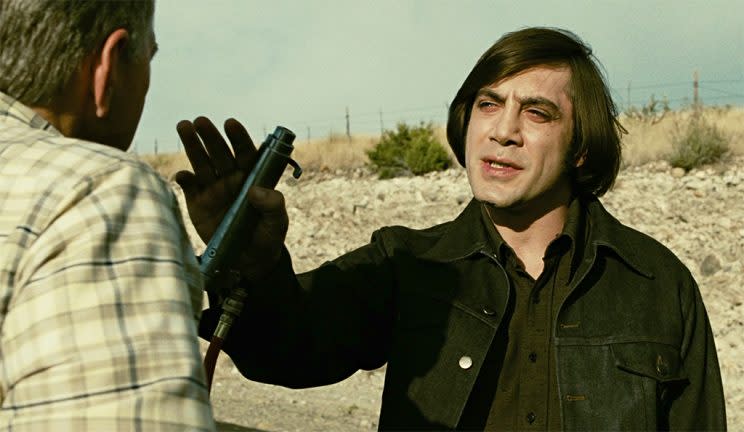
11. 2007
Atonement
Juno
Michael Clayton
No Country for Old Men
There Will Be Blood
This year is considered, in some quarters, to be the high-water mark for 21st-century cinema so far. And these five nominees represent that year’s bounty well … although we wouldn’t necessarily complain if, say, David Fincher’s sprawling crime saga Zodiac took the spot occupied by Tony Gilroy’s tightly wound Michael Clayton. On the other hand, absolutely no one would argue with the presence of 2007’s towering achievements, No Country for Old Men and There Will Be Blood. At the time, and still today, those neo-Westerns overshadowed Atonement and Juno, which have occasionally been treated as punching bags in the decade since their release. (That’s particularly true of Juno, which spawned its own cottage industry of takedowns.) But we’re stepping up to offer some backlash to the backlash, home skillet: Both of those movies are fully deserving of hanging out with Anton Chigurh and Daniel Plainview.
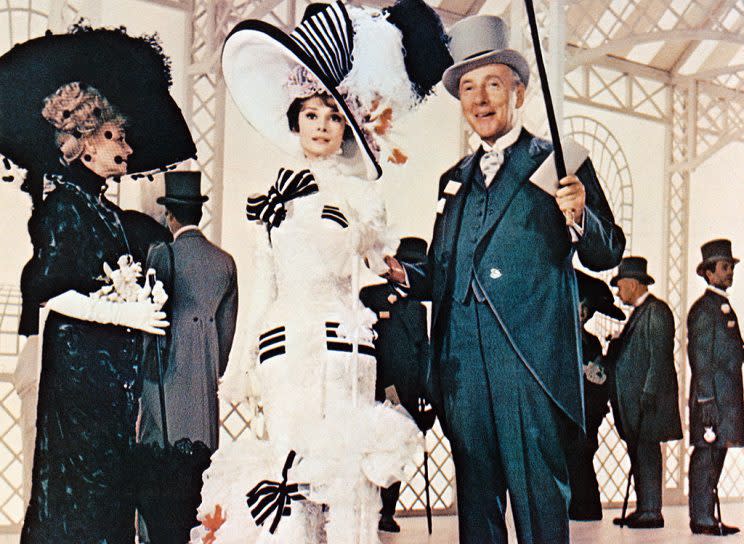
10. 1964
Becket
Dr. Strangelove or: How I Learned to Stop Worrying and Love the Bomb
Mary Poppins
My Fair Lady
Zorba the Greek
Disney’s Beauty and the Beast holds the distinction of being the first animated feature ever nominated for Best Picture. But the supercalifragilisticexpialidocious Mary Poppins, which famously features an extended mixed-media sequence combining live action and animation, was the first Mouse House production to find itself in the Best Picture race. Poppins star Julie Andrew also won the Best Actress trophy, which probably helped her recover from losing the role of Eliza Doolittle in the My Fair Lady adaptation to Audrey Hepburn, despite originating the character on Broadway. Stanley Kubrick also made his Oscar debut in ’64 with his seventh (and, sadly, more relevant than ever) feature, the nuclear annihilation comedy, Dr. Strangelove, while Becket and Zorba the Greek offered memorable roles for a trio of screen giants: Richard Burton, Peter O’Toole, and Anthony Quinn.
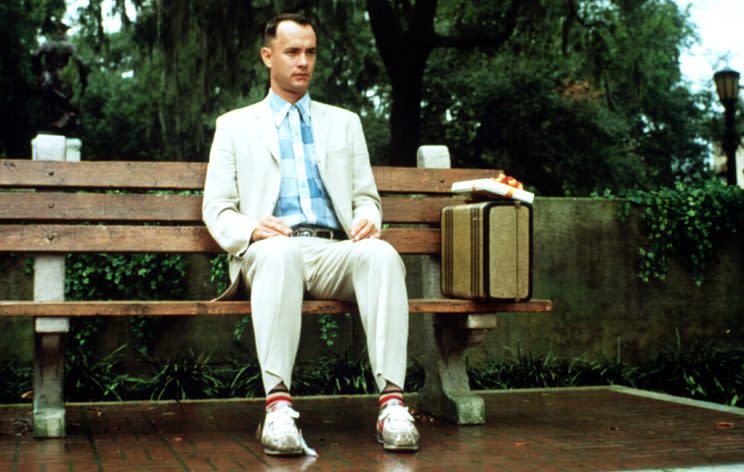
9. 1994
Forrest Gump
Four Weddings and a Funeral
Pulp Fiction
Quiz Show
The Shawshank Redemption
At the time, the 1994 Best Picture race was viewed as a referendum on the merits of Forrest Gump vs. Pulp Fiction, with Gump emerging the victor even as Pulp reshaped indie cinema. Over the years, though, the real winner has proved to be Frank Darabont’s beloved three-hankie prison drama, The Shawshank Redemption, which is firmly ensconced atop IMDb’s user-picked Top Rated Movies. Four Weddings and a Funeral has an equally devoted audience and remains a contemporary rom-com touchstone. Robert Redford’s Quiz Show might seem like the odd nominee out in terms of having an enduring fanbase, but count us among its devoted admirers. It’s the best movie Redford ever directed not named Ordinary People.
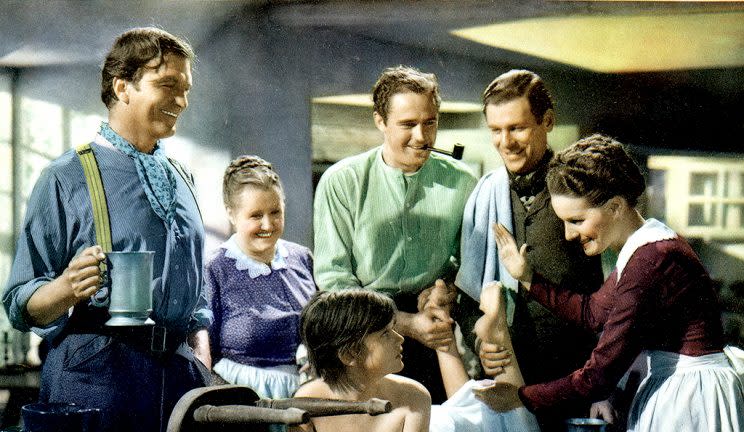
8. 1941
Blossoms in the Dust
Citizen Kane
Here Comes Mr. Jordan
Hold Back the Dawn
How Green Was My Valley
The Little Foxes
The Maltese Falcon
One Foot in Heaven
Sergeant York
Suspicion
Sending Citizen Kane home with just the Best Screenplay trophy may represent Oscar’s version of original sin in many movie buffs’ eyes. Take hindsight out of the equation, though, and look at the deep bench of quality productions voters had to choose from in ’41. The Maltese Falcon is the prototype for every noir-ish detective yarn spun since, Suspicion is top-flight Hitchcock, and eventual winner How Green Was My Valley stands tall among John Ford’s rich filmography. Everyone recognizes the forward-thinking genius of Kane now, but in the moment it was just one of many movies that mattered.
Related: 2007 Oscar Flashback! Beyoncé, Ryan Gosling, Reese Witherspoon, and More
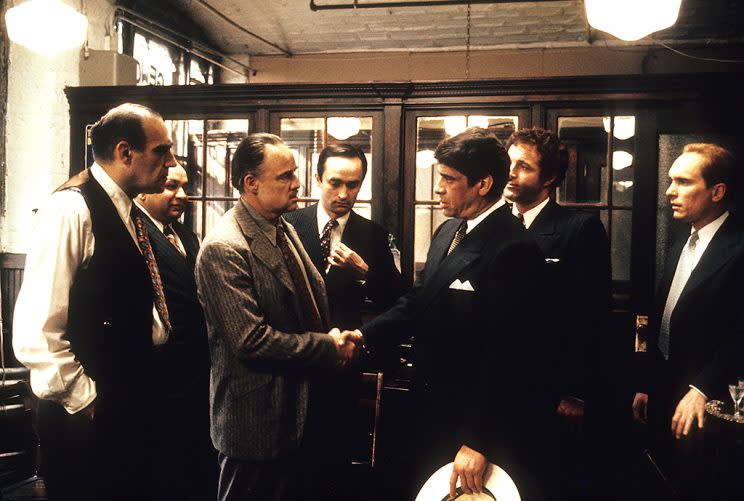
7. 1972
Cabaret
Deliverance
The Godfather
The Emigrants
Sounder
As with La La Land in 2016, there was little chance that Francis Ford Coppola’s pop culture-dominating Mafia tale was going to lose Best Picture on Oscar night. Still, strong cases can be made that each of the also-rans could have been frontrunners in any other year. Certainly, Bob Fosse’s Cabaret is one of the darkest, most audacious movie musicals ever, while John Boorman’s backwoods adventure story Deliverance plumbs deeper metaphorical depths than your average “man vs. wild” story. And while neither of the remaining nominees — the Swedish drama The Emigrants and Martin Ritt’s quietly moving adaptation of the young-adult novel Sounder — achieved the same level of commercial success, both are ripe for rediscovery.
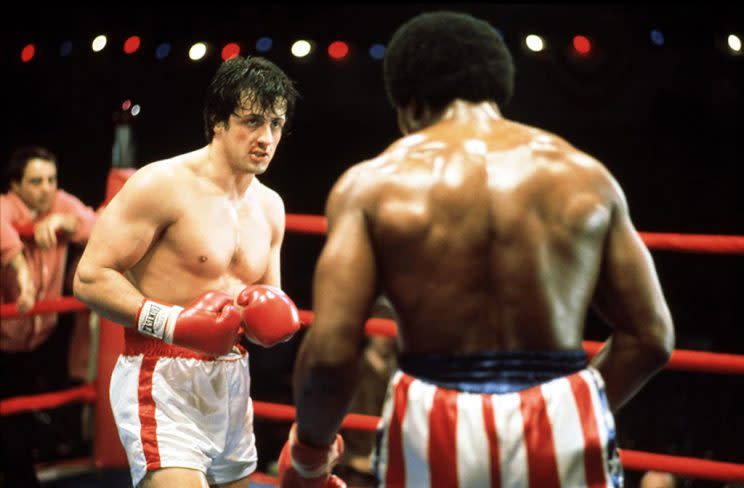
6. 1976
All the President’s Men
Bound for Glory
Network
Rocky
Taxi Driver
The sumptuously photographed but slackly told Woody Guthrie biopic Bound for Glory and the more dated scenes from Network (could Faye Dunaway be forced to play more of a misogynistic nightmare?) keep ’76 just outside the Top 5. Between All the President’s Men, Rocky, and Taxi Driver, though, you’ve got three of New Hollywood’s finest achievements.
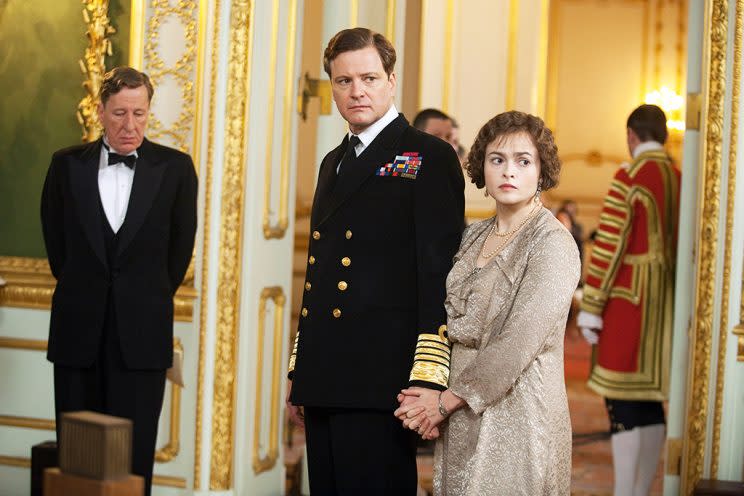
5. 2010
127 Hours
Black Swan
The Fighter
Inception
The Kids Are All Right
The King’s Speech
The Social Network
Toy Story 3
True Grit
Winter’s Bone
This year most clearly demonstrates the benefits of expanding the Best Picture roll call back to 10 possible nominees. Smaller, more challenging fare like 127 Hours, Black Swan, The Kids Are All Right, and Winter’s Bone — the movie that gave one of Hollywood’s biggest stars, Jennifer Lawrence, her first major showcase — are examples of films that likely would have been sidelined in a standard five-slot scenario. Ditto mainstream blockbusters like Inception and Toy Story 3. Even the typical Oscar bait entries, including True Grit, The Social Network, The Fighter, and, yes, The King’s Speech are top-quality productions. Know what makes this a really great roster? These 10 films would constitute a fantastic weekend film festival even without the Best Picture hook.
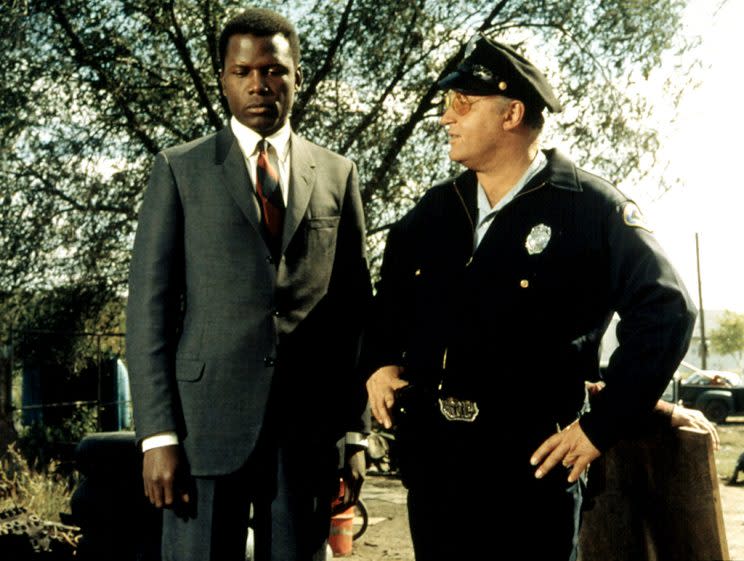
4. 1967
Bonnie and Clyde
Doctor Dolittle
The Graduate
Guess Who’s Coming to Dinner
In the Heat of the Night
As outlined in Mark Harris’s terrific book Pictures at a Revolution, the 1967 Best Picture race captured Hollywood in a fascinating state of transition, pitting the new guard (Bonnie and Clyde and The Graduate) against the old guard (Guess Who’s Coming to Dinner and In the Heat of the Night) with a white elephant (Doctor Dolittle) caught in the middle. Leaving aside the larger social ramifications, all these movies enjoyed substantial commercial success precisely because they contributed something to the cultural dialogue. Well, except for Doctor Dolittle; you’d have to be a chimpanzee to understand the appeal of that one.
Related: The People With the Most Oscar Nominations Without a Win
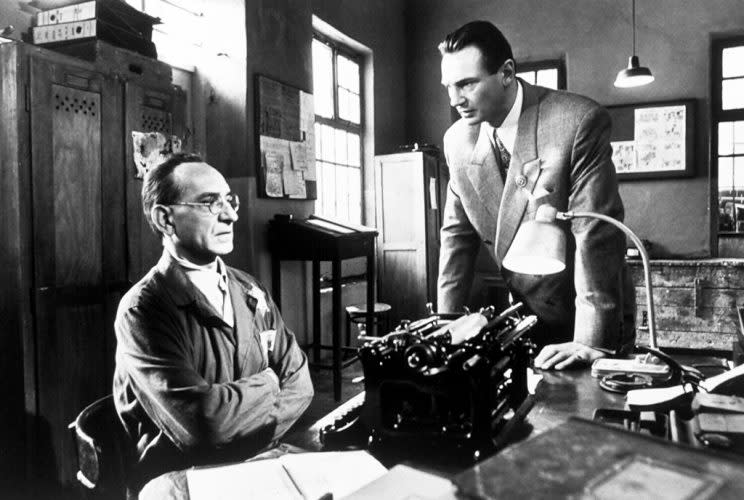
3. 1993
The Fugitive
In the Name of the Father
The Piano
The Remains of the Day
Schindler’s List
This was a year where Oscar voters embraced globalism in a major — and majorly rewarding — way: Three of the five nominees originated abroad, in such countries as England (The Remains of the Day), Ireland (In the Name of the Father), and New Zealand (The Piano). Meanwhile, native son Steven Spielberg went to Poland to make his career-redefining Best Picture winner Schindler’s List. Andrew Davis’s superior chase flick, The Fugitive, is the only nominee set on American soil and represents an old-school approach to action movies that Hollywood once excelled at … before it migrated overseas as well.
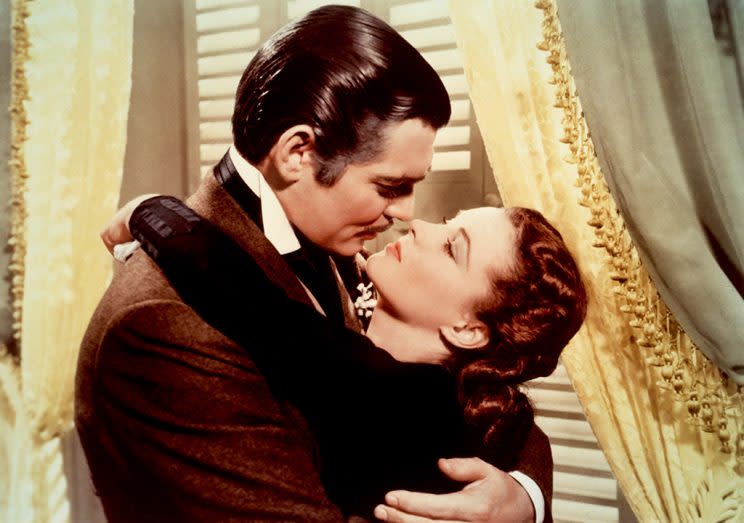
2. 1939
Dark Victory
Gone With the Wind
Goodbye, Mr. Chips
Love Affair
Mr. Smith Goes to Washington
Ninotchka
Of Mice and Men
Stagecoach
The Wizard of Oz
Wuthering Heights
Often considered Hollywood’s greatest year, 1939 features a Best Picture category overflowing with classics. Most years, voters would be happy to have a Gone With the Wind, Mr. Smith Goes to Washington, Stagecoach, Ninotchka, or The Wizard of Oz in the race. In ’39, they had all five, plus TCM staples like Dark Victory, Goodbye, Mr. Chips, and Wuthering Heights. It’s an entire history of the industry’s Golden Age distilled into a single list.
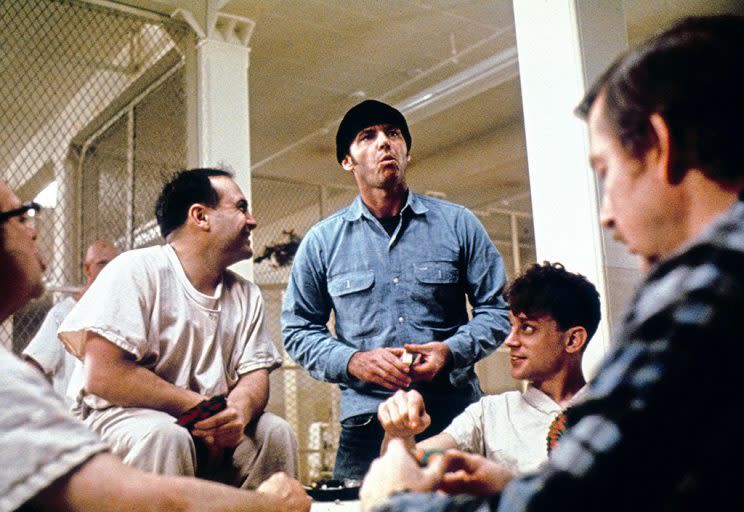
1. 1975
Barry Lyndon
Dog Day Afternoon
Jaws
Nashville
One Flew Over the Cuckoo’s Nest
Even the best Best Picture years make room for at least one movie that’s a cut below the rest. Not so in ’75, where all five nominees represent career-best work for the cast and filmmakers involved. Whether you’re in the mood for the painterly beauty of Barry Lyndon, the deep humanism of One Flew Over the Cuckoo’s Nest, the soulful sprawl of Nashville, the you-are-there immediacy of Dog Day Afternoon, or the masterful jolts of Jaws, each of these movies is a winner regardless of which one walked away with the actual statue.
Watch a supercut of every Best Visual Effects winner:
Read more:

 Yahoo Finance
Yahoo Finance 
